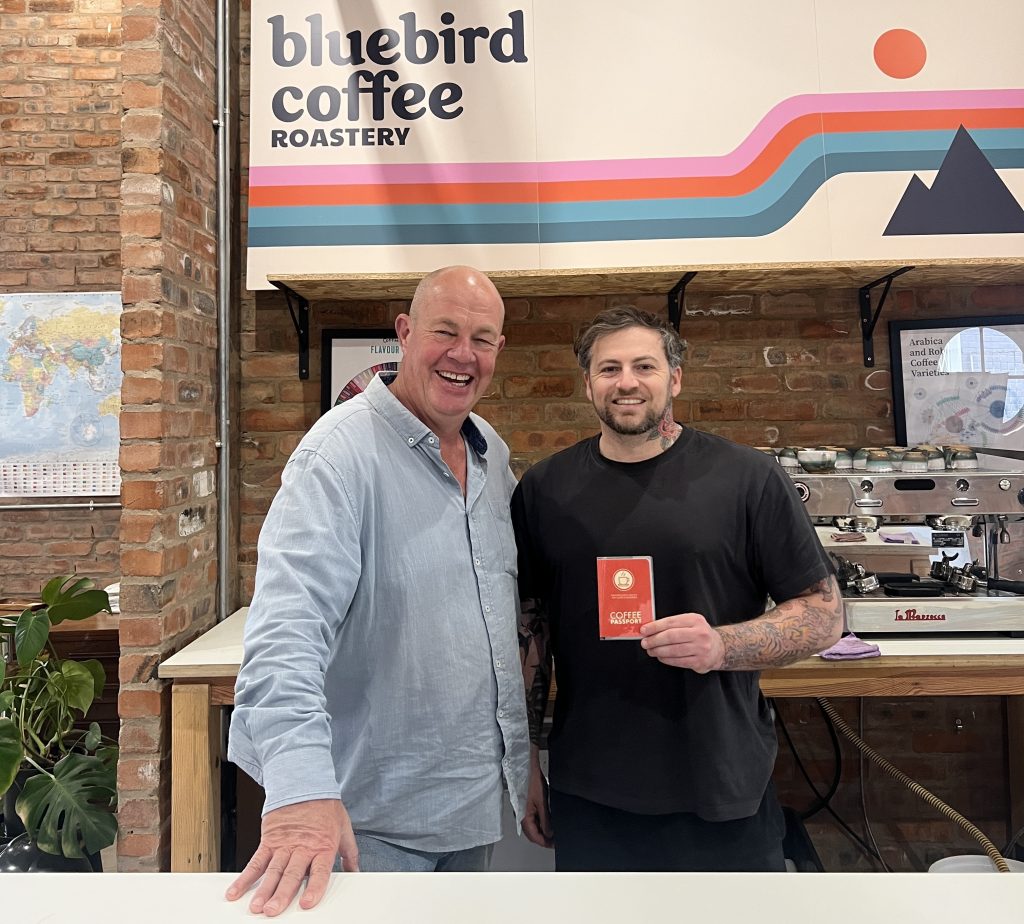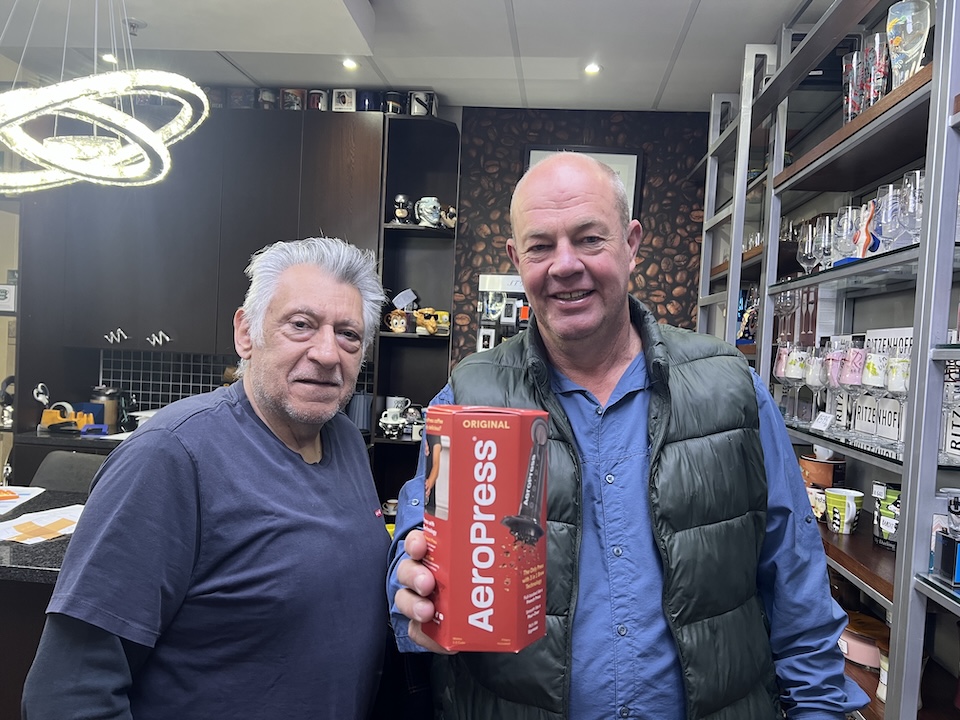
As we’ve been building the Coffee Passport, I’ve found myself diving deeper into the world of coffee — and it’s taken me down some wonderfully nerdy rabbit holes.
I’ve even started listening to the Cape Coffee Beans Podcast — and it instantly reminded me of the first time I met Dario from Blue Bird Coffee Roasters. Back then, I tried to record my very first coffee podcast and asked him (probably too many) questions and nothing made any sense at al.
At the time, I was a beer guy trying to make sense of coffee — and now, all these years later, I’m still on that journey.
And one phrase keeps popping up everywhere: Specialty coffee. But what does that actually mean?
So… What Is Specialty Coffee?
Specialty coffee isn’t just a marketing label or a fancy café menu heading. It’s a term with roots in quality — and it starts with the bean.
According to the Specialty Coffee Association (SCA), a coffee must score 80 points or more out of 100 on a formal quality scale to be considered “specialty”. That score is based on taste, aroma, body, balance, and overall flavour profile.
But in practice, it means something much richer:
From Farm to Cup — With Intention
Specialty coffee is about how the coffee is grown, sourced, roasted, and brewed:
- Grown at altitude, often in microclimates that produce unique flavour notes
- Picked by hand, selecting only ripe cherries
- Processed with care, using methods that bring out complexity
- Traceable — you often know the exact farm or producer
The whole journey is transparent, and there’s a clear focus on quality, sustainability, and relationships — not just yield.
Roasting: Like Brewing, It’s an Art and a Science
This is where I really started to see parallels with the brewing world.
Just like a brewer balances hops, malt, and yeast to bring out certain qualities in a beer, a roaster crafts their approach to suit each bean — adjusting time, temperature, and technique.
Light roasts aren’t undercooked — they’re intentional. They highlight acidity, floral notes, and brightness, just like certain beers showcase tropical hops or tartness from wild fermentation.
☕ The Brew Method Is the Final Touch
In specialty cafés, brewing is more than pushing a button. Baristas often use manual methods — pour-over, Chemex, Aeropress — with precise timing, grind size, and water temperature.
Every variable is adjusted to unlock something in the cup.
Sound familiar? It’s like homebrewers comparing water profiles or beer geeks talking about fermentation temps. The culture, the attention to detail, the storytelling — it’s all there.

I have started experimenting with manual brew methods it’s a playground of flavour possibilities.
“You’re happy to pay R40 for a cappuccino at a café — so why not spend R4 instead of R2 to brew a better cup at home?”
– A question that changed the way I think about coffee.
What I’m Loving About This Journey
What excites me most is that specialty coffee is about people.
It’s not just a product. It’s a shared obsession — between growers, roasters, baristas, and drinkers — to bring something beautiful into the world.
Just like in the brewing community, there’s passion, pride, and a real sense of place in every cup. It’s what the Coffee Passport is all about — discovering the people, places, and stories behind your morning brew.
If you’re curious too, grab a Coffee Passport, and go visit a local roaster. Ask questions. Taste something you’ve never had before.
Or plug into Dario’s Coffee Made Me Do It or the Cape Coffee Beans Podcast and start learning from the people who live and breathe this stuff.
Trust me — you’ll never look at your flat white the same way again.